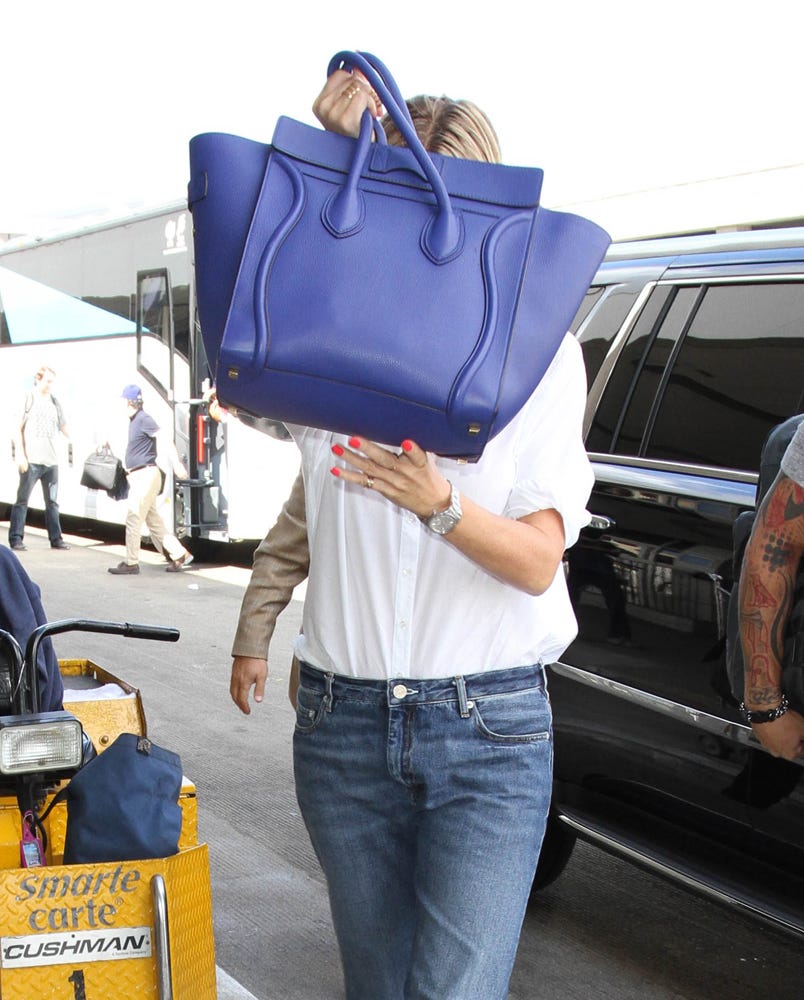Legend has it that "Goop" came from Peter Arnell's advice that successful internet companies, like Google, had two O's in their names. To call the name bad might be putting too fine a point on it. Goop is more like something that's tacky when you're poor but classy when you're rich. Or to be more specific, something that should be tacky when you're middle class, classy when you're rich – but in a way that's very well understood by Goop's less affluent customers. "Goop" is almost like a hideous-on-purpose upper class British nickname – like that old favorite London restaurant, "Cock and Balls".
But before we get ahead of ourselves, we should answer an important question: what is Goop, actually? You could see it as a Substack with a $250 million valuation, from a time before Substack, when dinosaurs roamed the earth. It’s also an excessively diversified lifestyle business with a very unusual brand. In addition to all this, Goop is an egregore, a bete noire, and a "completion path" for "women in pursuit of themselves" (more on that in a minute).
Among the many – honestly too many – things one could say about Goop, the most important is this: it's an inversion of the typical playbook for brands, even several typical playbooks. For one, it is actually a "bad" brand that does not reflect the very high quality of the good products it sells – specifically its skincare, sweaters, and food, which are all quite good. This is the opposite of the typical DTC model, in which a so-so or generic product (usually just one) has a fabulously well polished brand, and artificially cheerful association to boot. Take, for example, hims – selling generic medications with no twist whatsoever – among so many other pastel others.
Most people associate Goop with Gwyneth-is-out-of-touch ragebait and odd wellness fads. When Emily became addicted to a $3850 amethyst and tourmaline studded heating pad (purchased at a steep discount) she explained the item to friends (pejoratively) as "super Gooped out". Among the moms in her group chat, a cross-section of LA moms in art, fashion, design and other related disciplines, often referred to as "the scary moms chat", who typify a very Goop-relevant demographic segment – everyone seemed to love things from Goop but were reluctant to say so, couching it in whispers, DMs, or "I would never pay for it, but I'm on the PR list and it's actually amazing".
The disconnect between Goop’s wacked-out brand image and its current offerings is notable. It's odd that Goop is a guilty or disavowed pleasure even among its most devoted audiences. When you check out what’s for sale on the Goop web site, it’s mostly a well merchandised luxury brand for rich ladies, on the conservative and modest side of rich. We’re talking penny loafers, raffia bags, striped shirts, cashmere sweaters, fine jewelry, Ginori 1735 lidded espresso cups. G Label, which is the in-house clothing line – most loved for its very nice sweaters – is overall exceptionally modest and office-ready, featuring puff sleeves, peplums, and below-the-knee skirts among its more casual offerings. It’s not difficult to imagine this as a very expensive version of a celebrity QVC line, though executed (in typical Gwyneth style) with considerably more effort, complication, and expense.
Another way to look at Goop's brand playbook inversion is from the angle of celebrity brands, especially in the wake of the recent Rhode billion-dollar acquisition by ELF. Gwyneth says it herself, in her recent podcast appearance on Emma Grede's Aspire. She explains how she's aware that she's taken the hardest possible approach to a famously easy-money business – a celebrity beauty line. Goop has done an eye-watering number of product launches, collaborations, media extensions, live events, even cruises. They've also recreated basic business utilities, like their ecommerce platform, in house at extraordinary cost, and we believe it when she says their product development process is punishing and perfectionistic. Gwyneth is open about the fact that she had no real intention of running a business or making good money when she started out. When Emma Grede asks Gwyneth what made her start the business, Gwyneth replies, simply, "foolhardiness".
As students of early, it was in fact the Emma Grede podcast that piqued our interest, titled "it’s better to be early than to be liked". This is an interesting personal brand reframe for Gwyneth. Since people are so used to seeing her as grating, or out of touch, or devoted to delirious fads, its easy to miss the ways in which she has created mainstream awareness (and attendant categories) for so many things we now take for granted – from gluten-free food to sexual wellness to postpartum depression to blended families. She has not really captured the value of these categories, another way in which she has made the easy money of celebrity business into the hard kind. One suspects that Gwyneth has a psychic need to become a billionaire (mostly signaled by her move to Montecito) and it's strange to think that she may already have become one if she'd been significantly less involved in her business. Gwyneth is the artist-entrepreneur par excellence, which, ironically, makes her one of us.
Keep reading with a 7-day free trial
Subscribe to Nemesis Memos to keep reading this post and get 7 days of free access to the full post archives.







